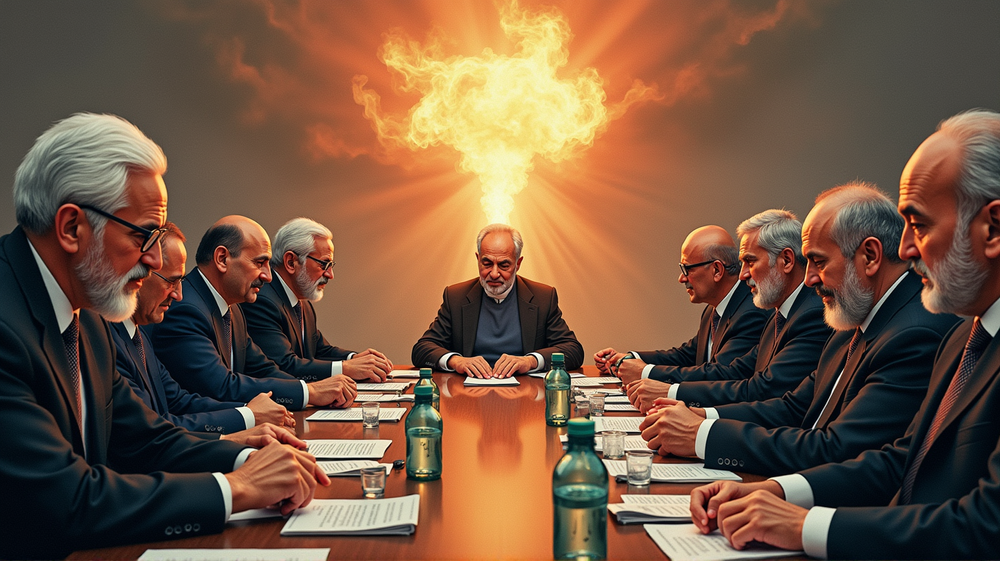In an unsettling turn of events, Iran’s political landscape is rapidly unraveling as internal conflicts, economic distress, and social unrest converge. The Iranian regime, once deemed unshakeable, now faces existential threats stemming from both external pressures and internal fractures.
Fractured Leadership Amidst Economic Ruin
Under President Pezeshkian’s watch, the government battles surging public discontent over soaring costs and declining living standards. Simultaneously, dissatisfaction among the political elite becomes increasingly evident as extremist factions within parliament seek to oust cabinet ministers. These fraught impeachment efforts, coupled with the government’s defensive stance, underscore the growing instability within the regime’s core.
This political infighting, exacerbated by distrust and decay, persists despite pleas for calm and unity. As some factions within Iran’s ruling elite jostle for power, it becomes apparent that loyalty no longer offers a sanctuary from the chaos enveloping the regime.
Controversial Fuel Price Hikes Spark Alarm
Amidst this political turmoil, the Iranian government is contemplating a contentious plan to dramatically increase fuel prices, potentially by up to 500%. This move raises fears of echoing the extensive protests of November 2019, which erupted following a similar hike. As inflation climbs to 40%, the proposed measure threatens to intensify public unrest, compelling economists and state media outlets to critique it as reckless “shock therapy.”
While fiscal desperation drives these drastic policies, memories of past uprisings loom large for Iran’s rulers, leaving them with a fraught decision.
Clerical Concerns and Ideological Rifts
The unease spiralling through Iran’s political establishment extends into its religious centers, where clerics publicly express concern over the revolution’s faltering influence and diminishing ideological hold over young Iranians. This apprehension is voiced by prominent clergy like Ahmad Alamolhoda, reflecting the weakening ideological armour that was once pivotal to the regime’s durability.
The Divisive CFT Debate
Further intensifying the infighting is the contentious debate surrounding the CFT ratification, which has split the regime between pragmatists seeking economic survival and hardliners prioritizing ideological isolation. This heated confrontation not only reveals deep-seated ideological rifts but also highlights the divided loyalties within Khamenei’s circle.
An Unstable Future
Caught in a cycle of blame and recriminations, Iran’s ruling elite grapples with an existential crisis manifesting through ministerial impeachments, fuel price hikes, and ideological fractures. Tehran’s political landscape, now a battlefield, portends a regime on the brink, each scandal further accentuating the imminent threat of collapse.
According to National Council of Resistance of Iran - NCRI, Iran’s leadership is scrambling to maintain control amidst increasingly insurmountable challenges.












